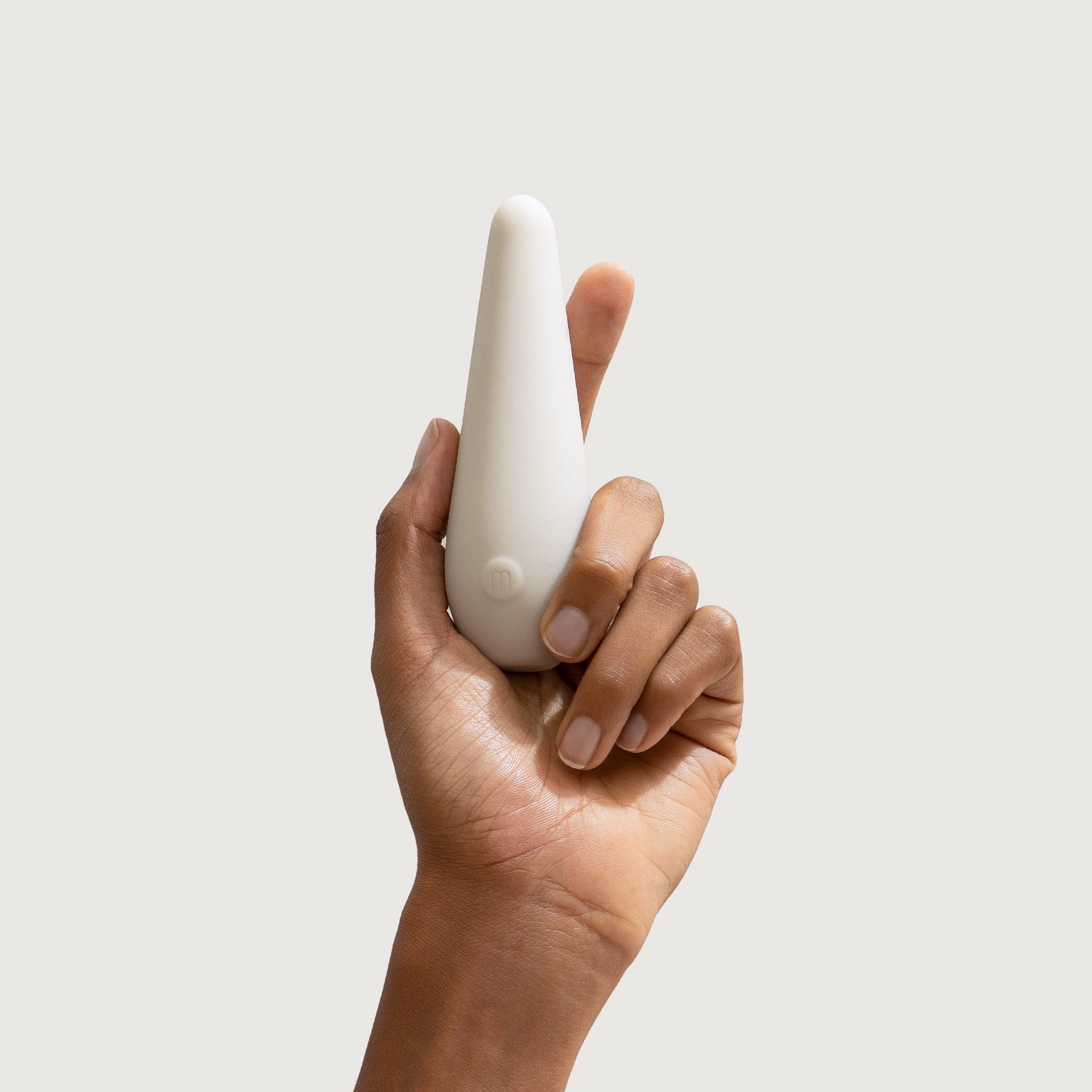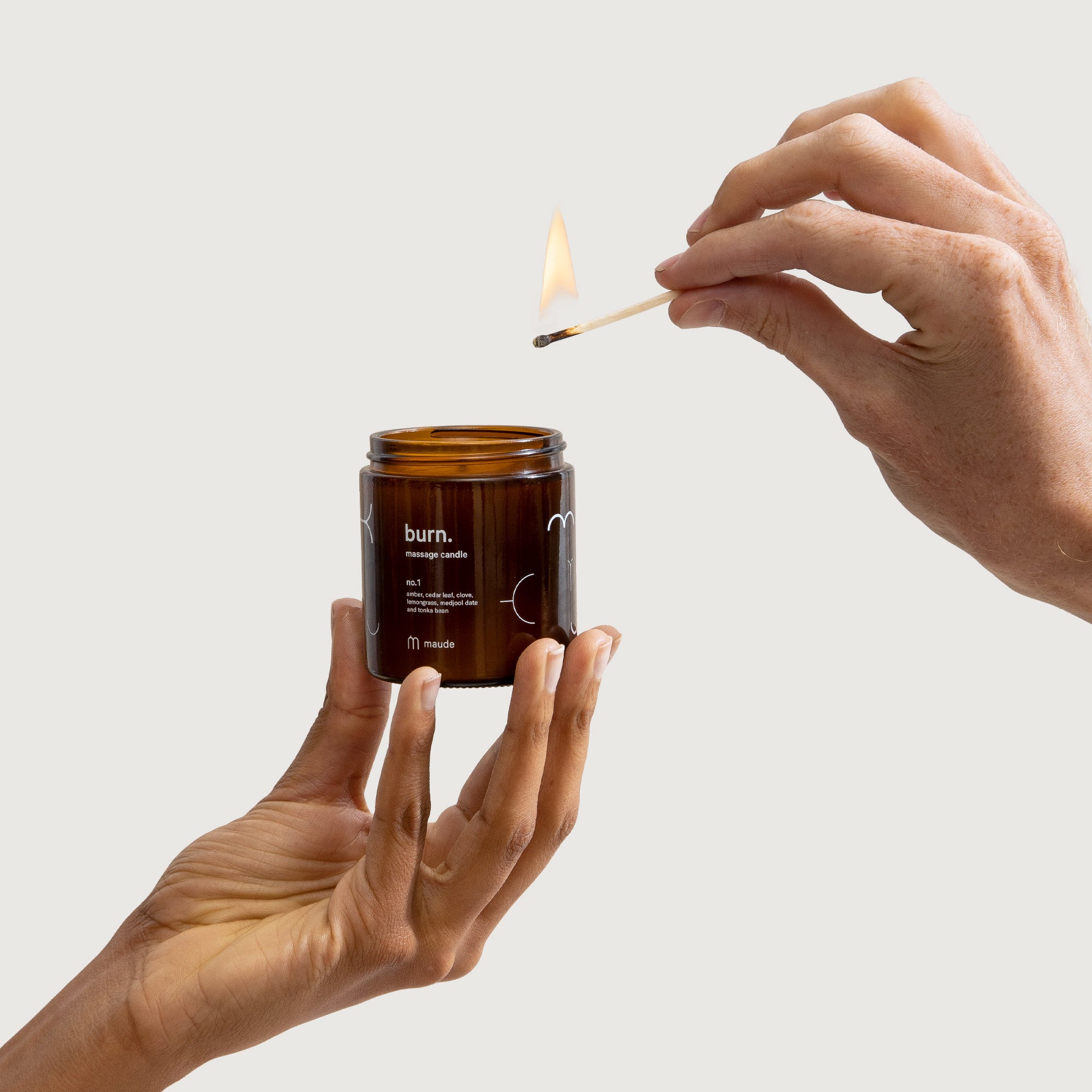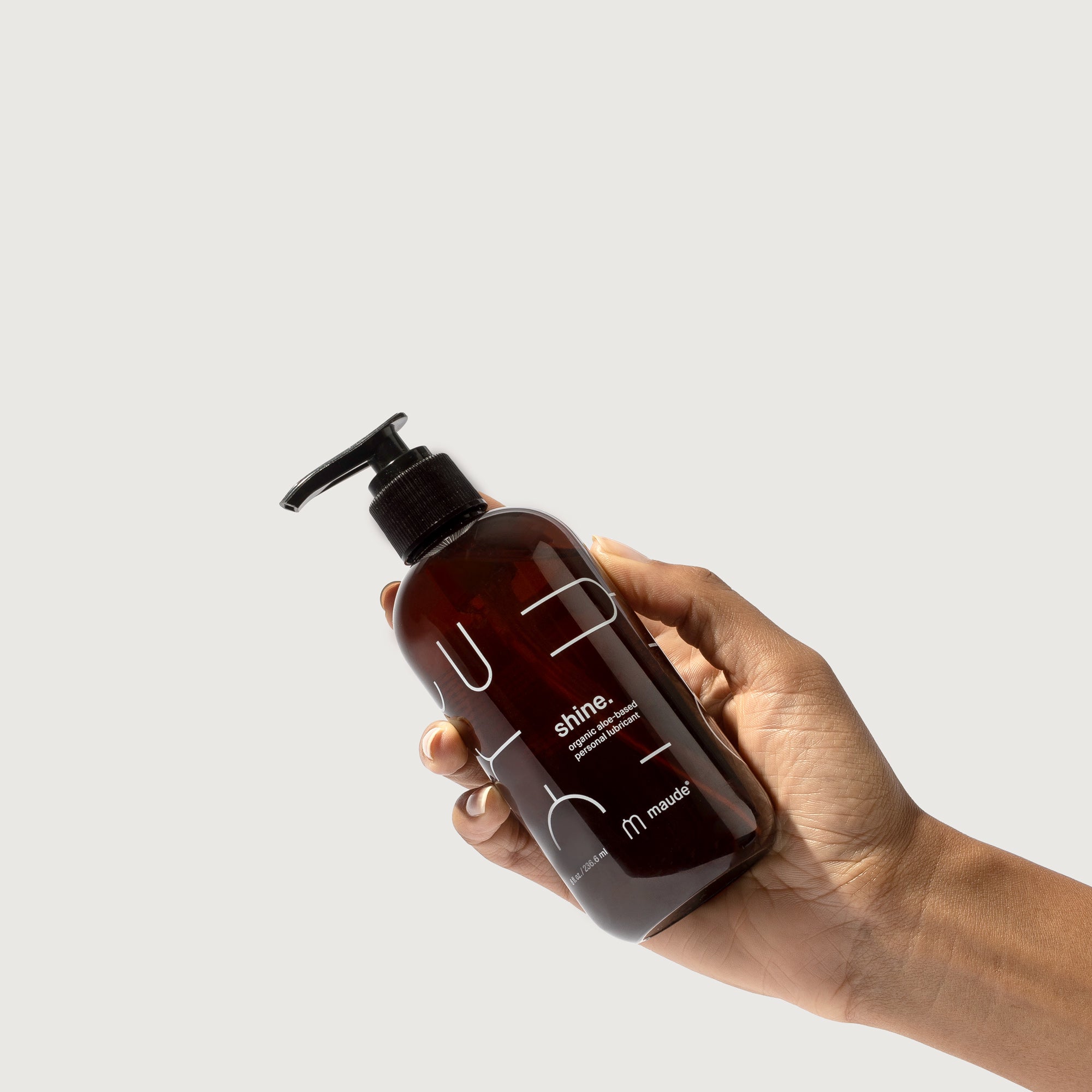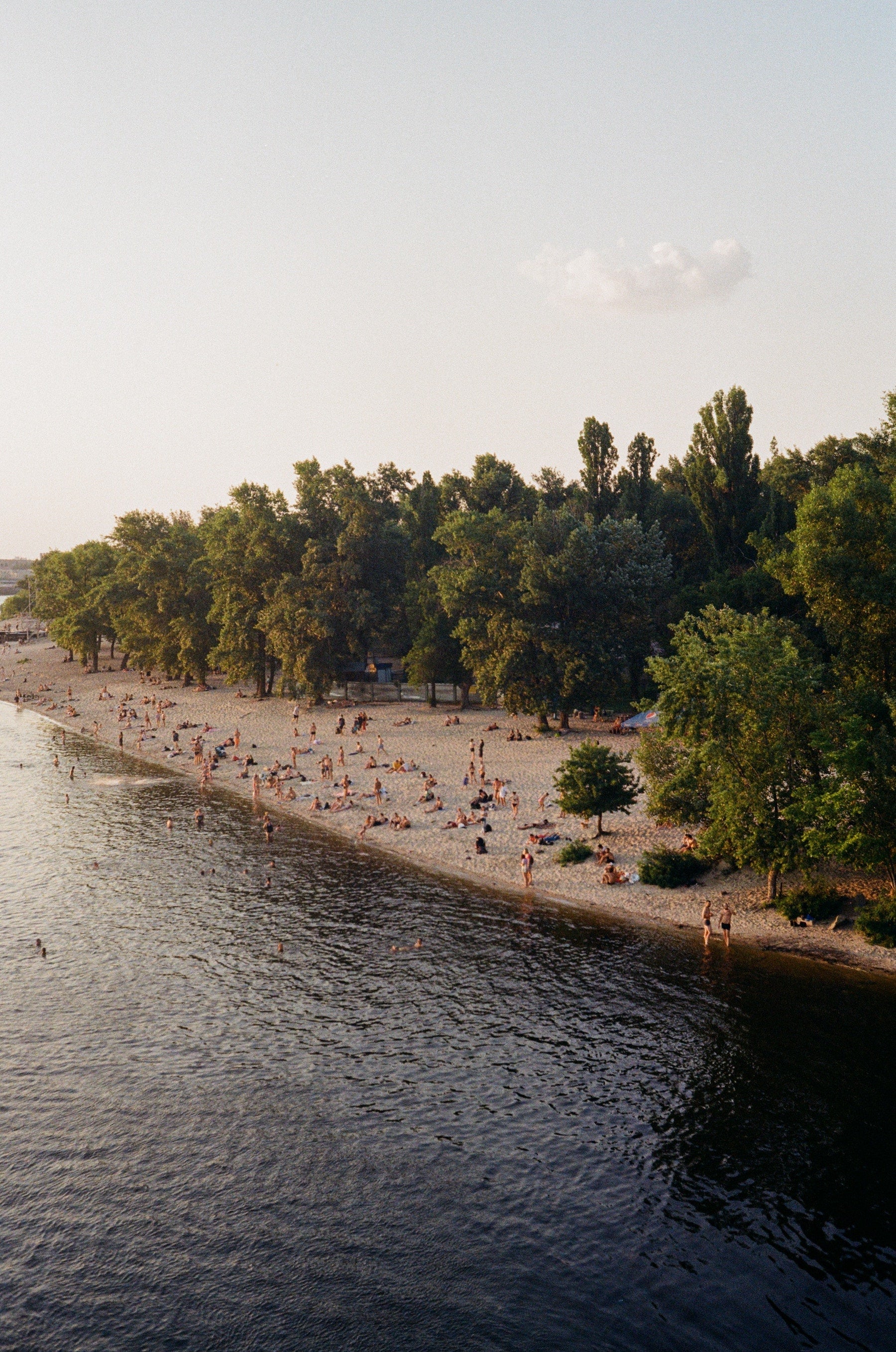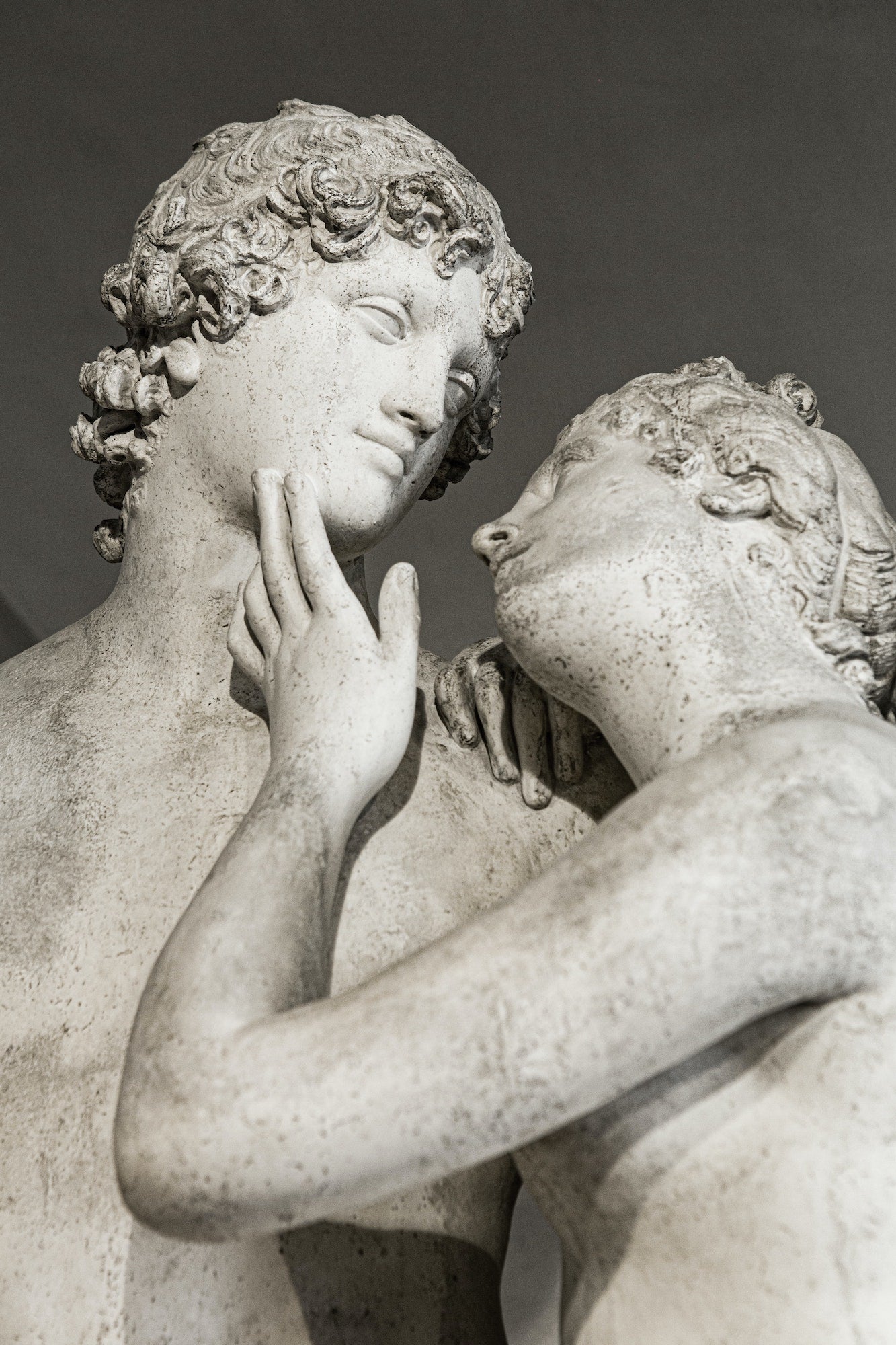sex lives of vikings.

Nordic boot knockin'.
Vikings arguably get a bit of a bad rap. The Viking age was by no stretch of the imagination a feminist utopia—just like almost every other culture in history, there were a great many ways in which it absolutely sucked to be a woman—but there were a few ways in which they were a lot more progressive than we might easily think.
Before the term got expanded to include anything and everything Nordic, the term Viking specifically referred to seafarers from the region, exploring and raiding wherever they could get to with the aid of longships. The Viking Age lasted about two and a half centuries, from the end of the eighth century until 1066 and the Norman Conquest. They made it as far afield as America 450 years before Columbus and had a vastly more mixed gene pool than the blonde-blue-eyed stereotype that persists.
There are some inherent contradictions to the ideas we have of Vikings—on the one hand, they are often stereotyped as thuggish, pillaging brutes, while on the other they produced works of epic poetry and were very into braiding. Men took grooming and hygiene very seriously, for instance, with one British writer of the time complaining that Norsemen’s clean, well-tended ways attracted too many women and made other men look bad.
Some of the less sympathetic stereotypes of Vikings owe a lot to their status as non-Christians—to the eyes of the Christian societies around them, anything else was savagery. There was also a small group of people known as Berserkers, who lived up to their name and did nothing for Vikings’ reputations—the whole “drinking blood, beheading everything in sight and generally succumbing to a psychotic frenzy” idea stems from them. However, they were shunned by mainstream society and didn’t last long.
One theory about why the Vikings did as much exploring as they did comes down to sex—many Nordic cultures were polygenic, meaning men could have several wives and concubines, and the basic math of such a setup leads to a shortfall. (Again, this was not an egalitarian paradise.) There simply weren’t enough women to go around, which made exploration appealing in two ways—the easiest way for a man to increase his social standing was through adventuring, and a lot of expeditions involved bringing women back. That wasn’t the sole aim of it—fossil records have shown plenty of families went out on these expeditions together—but it definitely factored in.
Quite a lot of women entered Viking society not entirely of their own volition, however records show their welfare and pleasure are seen as extremely important. To modern eyes, there is an enormous inherent contradiction between women being treated as property and an onus being placed on impressing and pleasing them, but it made sense at the time. As one molecular biologist at Oxford University put it, looking at mitochondrial DNA passed down through generations, “They may have..been taken as concubines or wives, but I'm sure the marriages were as happy as any at that time. That was just one of the ways that marriages were established then."
While marriage was sacrosanct, couples could opt initially for ‘trial marriages’ that either partner could call off on the grounds of incompatibility. Premarital sex was a given, with the main concern being practical—unwanted pregnancies—rather than any kind of moral offense. (However, unmarried couples were forbidden from reciting love poetry to one another as it was thought to exert a type of magic power—sex was fine, poetry was taboo.) Public displays of affection between couples were very common, with betrothed pairs openly fondling one another, drinking from the same cup in drinking halls, and braiding one another’s hair.
Women had the right to divorce their husbands not only in the event of infidelity but if they were sexually unfulfilled. Female orgasm was seen as essential for fertilization, and a man who didn’t satisfy his wife was seen as being neglectful of his duties. Lots of euphemisms were used when discussing such issues—failure to “turn towards” one’s wife to bring her “enjoyment” was universally seen as awful.
The importance of sex is reflected in their stories—in one saga, a god is cursed with a penis that becomes awkwardly massive and unwieldy whenever he is with his wife, dooming them to a sexless marriage, seen as just about the worst fate imaginable. Another saga has a man being punished for kissing a woman against her will—again, a slightly contradictory insistence on consent when stealing women was a frequent occurrence, but pretty right-on for the era.
Women could own land and run businesses, as well as join in with raids and battles. Graves have been excavated containing female warriors buried with weapons and riches—often assumed to be male, and only identified as female fairly recently. There were priestesses, princesses, and queens, sometimes turned into curse-happy witches and demon-worshipping enchantresses in their descriptions by Christian writers of the time.
Most of the stereotypes we have about Vikings are wildly inaccurate—ascribing the behavior of the worst of a society to all of it, taking the biased judgments of writers of the time as true, and so on. They didn’t even really wear horned helmets. The only horny things around were the Vikings themselves.
